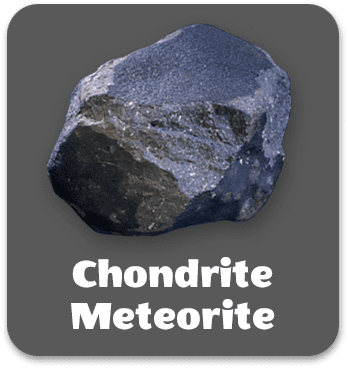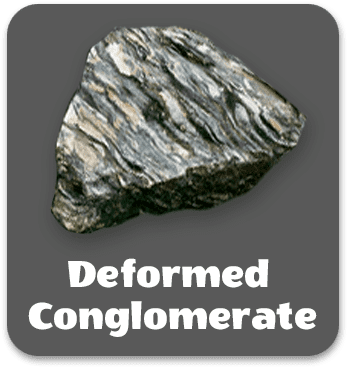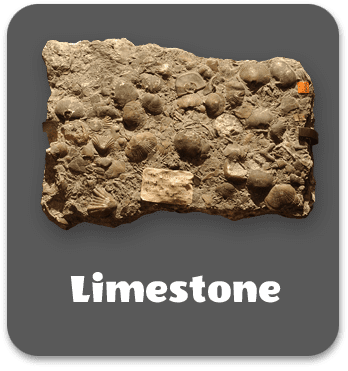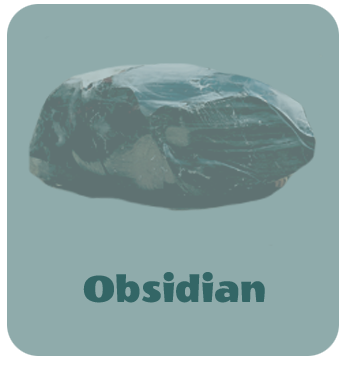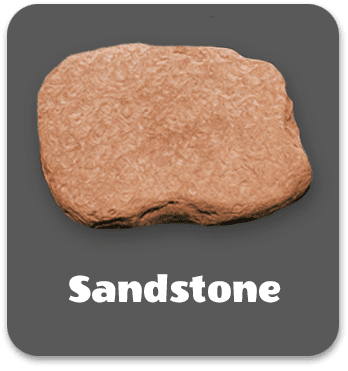If Rocks Could Talk
Obsidian

Rondi: Everyone, meet Obsidian , an igneous rock that from melted rock, or magma. Obsidian is an "extrusive” rock, which means it is made from magma that erupted out of a volcano. If it was an igneous rock that formed from magma underground and did not erupt, it would have been called an "intrusive" rock.
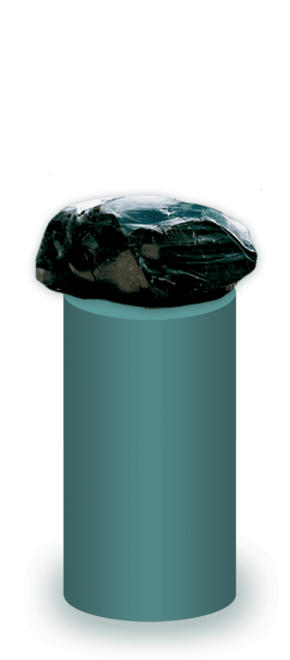
Obsidian: Can we get started already? I don't have all day!
Rondi: Sorry, folks. Obsidian is a bit hot-tempered. After all, he did erupt from a volcano .
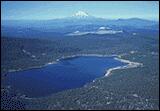
Obsidian: That's right. I erupted from the Medicine Lake Volcano in northeast California. It's one of the largest volcanoes in the Cascade Mountains, a long line of volcanoes that runs from western Canada to northern California.
Rondi: Tell us how you formed.
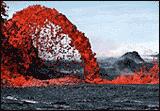
Obsidian: I exploded from a volcano—what more do you want to know?
Rondi: How about a few details?
Obsidian: Well, I started many miles underground in Earth's mantle. In some places, there is so much heat and pressure down there that the rock can melt to form magma. You might think that this magma just sits around after it forms, but it doesn't.
Rondi: What happens instead?
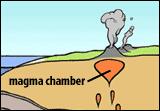
Obsidian: Since the magma is hotter and lighter than the rock it melted from, it slowly rises up through cracks deep underground in Earth's crust. Eventually, it collects in holding tanks called "magma chambers."
Rondi: I've always wondered: What is it like down there?
Obsidian: You humans have it easy. Let's put it this way: A magma chamber is usually a few miles below Earth's surface, and lot of pressure can build up down there. But the worst part is the heat. It's about 1,000 degrees Celsius (1,830 degrees Fahrenheit). That's about five times as hot as your oven when you bake a cake!
Rondi: Sounds like what scientists call a "volatile situation."
Obsidian: If there's any crack or weak zone above the magma chamber, that magma is going to blow!
Rondi: And you've got yourself a volcanic eruption.
Obsidian: Bingo! When the magma reaches the surface, it becomes lava. The lava flows out, cools, and hardens. Over time, if the volcano keeps erupting, the lava builds up in layers of rocks.
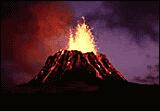
Rondi: Is that what forms the cone-shaped mountain we tend to think of as a volcano?
Obsidian: Yup. It also forms spectacular rocks like yours truly.
Rondi: How long ago did all this happen?
Obsidian: Oh, just recently: about 900 years ago.
Rondi: You call that recent?
Obsidian: That may seem like a long time to you, but that's very young for a rock. In fact, that was the last time that the Medicine Lake Volcano erupted. So, can we wrap this up already? I'm not getting any younger.
Rondi: Speaking of your age, how did scientists figure out how old you were?
Obsidian: They studied a dead cedar tree that had been caught up in the lava flow where I was found. They figured out how old the tree was, and that told them about when the volcano erupted.
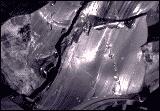
Rondi: I admire your black, glassy appearance. Why are you so smooth and shiny?
Obsidian: Don't you know? I'm made of volcanic glass!
Rondi: When most people think of glass, they probably think of windows. Tell us how volcanic glass forms.
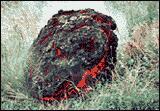
Obsidian: I don't know if you've ever seen a volcano erupt, but it happens very quickly. The magma or melted rock that comes out of a volcano sometimes cools and hardens very, very quickly too. When you go from a liquid to a solid this fast, you don't have time to form crystals. Instead, you turn into glass.
Rondi: But not all igneous rocks are glass. Some, like granite, are coarse and have lots of crystals. Why is that?
Obsidian: Those rocks are intrusive. They cool slowly underground, so they have thousands of years to form crystals. With so many crystals, they can't be shiny glass like me.
Rondi: Obsidian, thanks for talking to us today. We know you're a busy rock.
Obsidian: Well, I do what I can.
Image Credits:
Photos: All images: courtesy of AMNH




 Biodiversity
Biodiversity
 Brain
Brain
 Genetics
Genetics
 Marine BiOLogy
Marine BiOLogy
 MicrobiOLogy
MicrobiOLogy
 PaleontOLogy
PaleontOLogy
 ZoOLogy
ZoOLogy
 AnthropOLogy
AnthropOLogy
 ArchaeOLogy
ArchaeOLogy
 Astronomy
Astronomy
 Climate Change
Climate Change
 Earth
Earth
 Physics
Physics
 Water
Water

